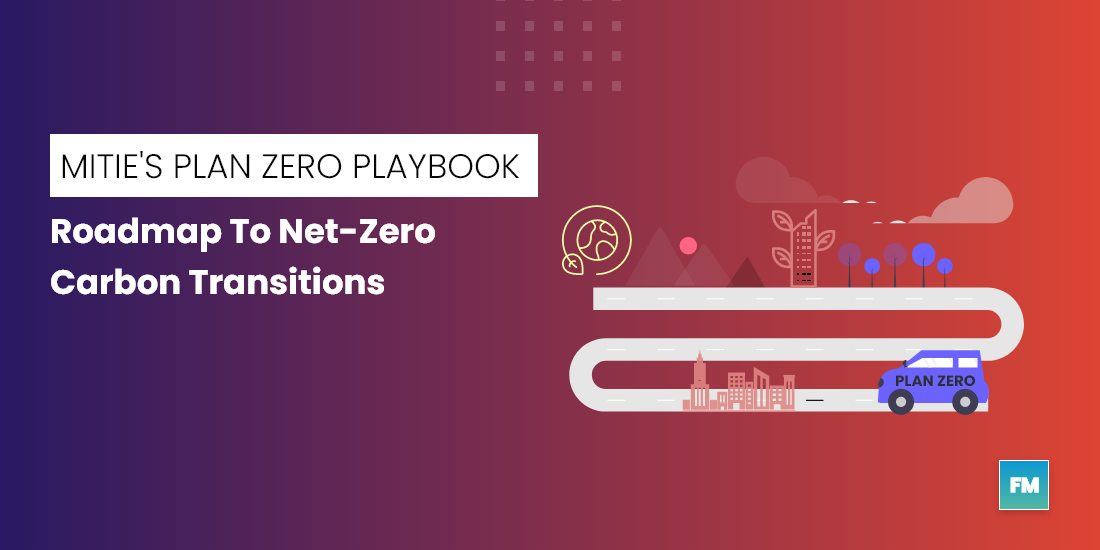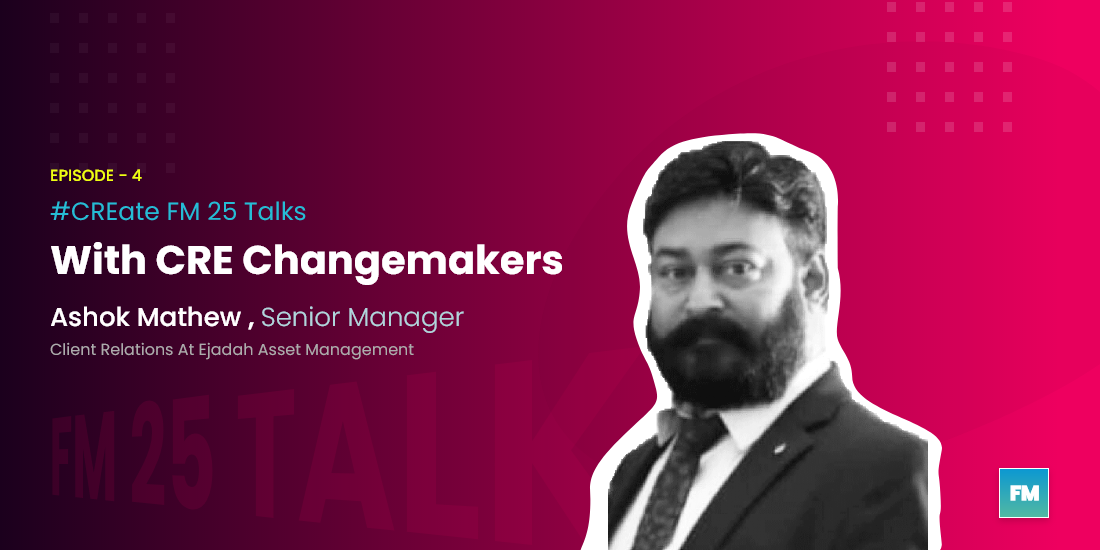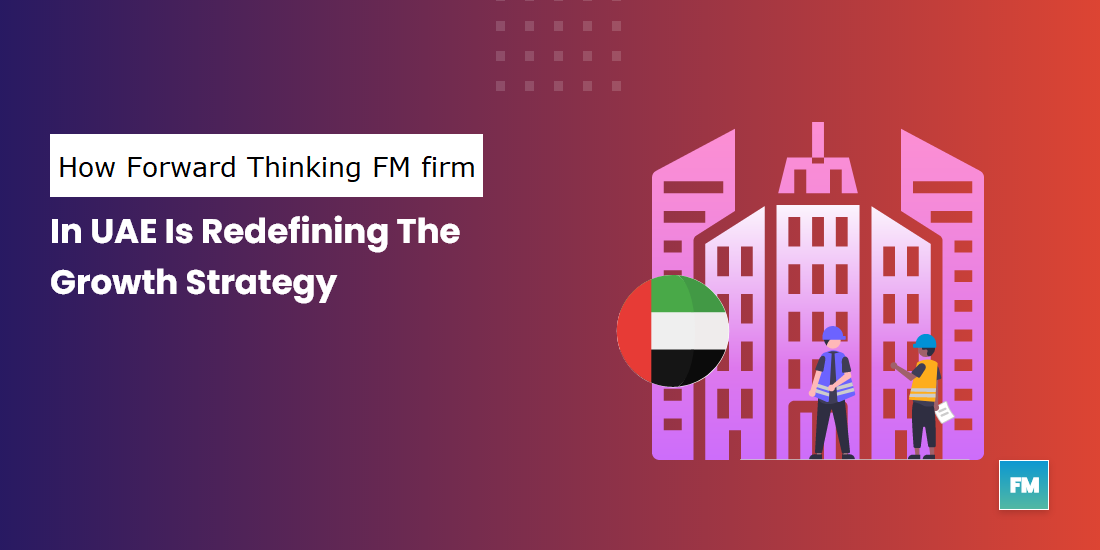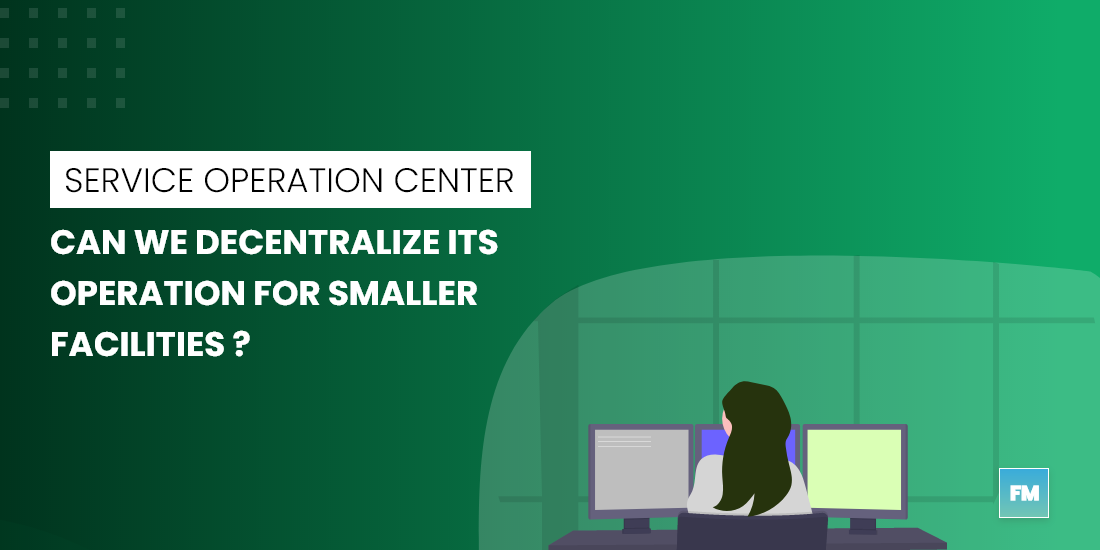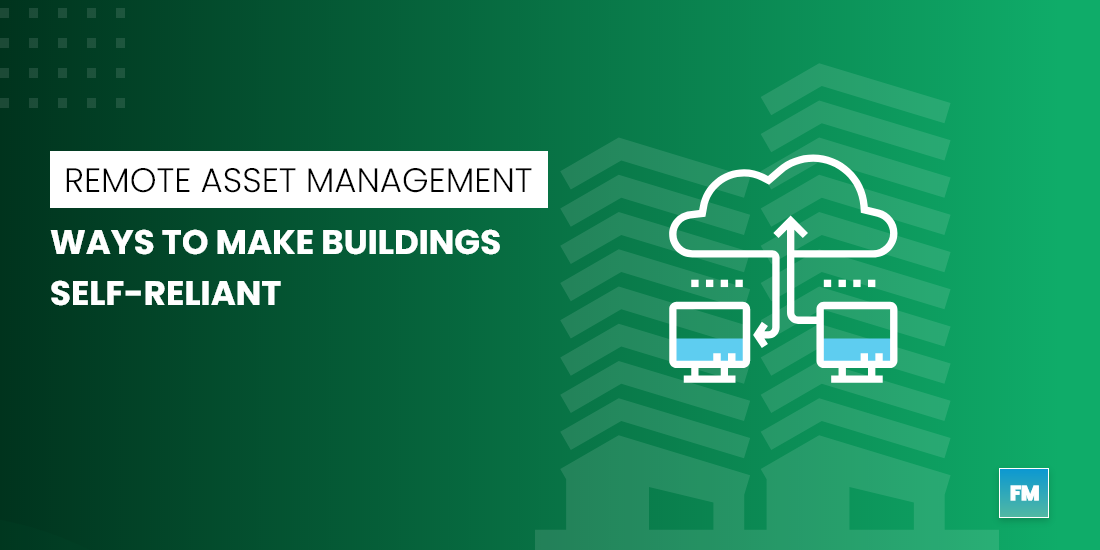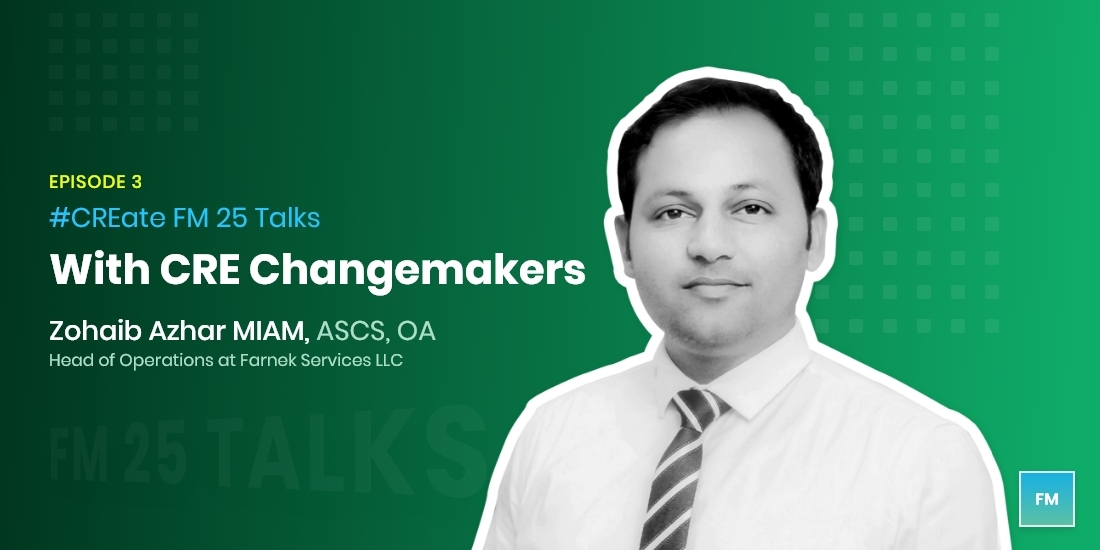#CREate FM 25 Talks is an interview series with CRE change-makers and Doers. With this, we intend to bring out first-hand experiences and best practices on digital transformation, energy management, and sustainability initiatives from industry leaders.
In conversation with Ashok Mathew,
Q.1 Can you tell us your background and the kind of projects you have handled till now?
I started my career when facility management was not even an organized industry, facility manager was not a profession at that time. When I joined my first firm to manage the Dubai world trade centre, there were only two divisions to take care of O&M activities and we used to call them projects and maintenance dept. I was fortunate enough to be a part of the engineering team at first. Those were the days when KPIs or quality indicators were not well defined so we started working on standardizing some of the services keeping the customer at the center.
Later I joined Emaar services as one of the early members of the facility management department, where we thoroughly started developing the FM processes, asset management portfolios, and basics of quality control standards. After a brief stint at limitless (Nakheel’s offshoot) where I worked on P&L, vendors & Bid management part of the business, I moved to MAB as an operations manager, and shortly become one of the members of the contract bidding team.
Currently, I am working as a portfolio manager at Ejadah, which is a subsidiary of Dubai holdings. We take care of asset management and security under the name of the Idama facility management. I handle the portfolio of commercial properties of Dubai holdings.
Q2. what challenges did your team face during last year and how did you come up with the solutions?
When covid hit us everything went on a freeze mode. Although the facilities were not operating to the fullest we had to make sure that we follow the safety protocols give by the govt and keep the facilities operational for the essential services. So when a customer was expecting rebates and concession on the services we also had to double down on our grown staff and safety procedures to manage these high-value assets. So from a commercial angle finding the middle ground and realigning the resources was the real challenge for us.
But the support that we extend to our client at that time helped us to earn goodwill and satisfaction with the service. Digitalization for some of the processes was a cornerstone for us that saved us an ample amount of time and money to perform particular tasks. Now we can better utilize those resources somewhere else and improve our productivity. From administration work to asset management, the applications we seldom used before the covid have become a daily routine for us now.
Nowadays we can conduct multiple classroom training and capacity building program for our workforce without allocating a dedicated space for the same. The frequency of such programs has increased in the last 6 months and we are getting positive results from the team. I don’t think this was possible without the digital drive that we embraced.
Q.3 Besides softer aspects of digital technologies, how are you using them to manage your assets, operations, and maintenance?
We are maximizing the use of IoT applications in our asset monitoring services, although we have BMS installed in all of our facilities we are going beyond that in terms of collecting data and coming up with inferences. We are looking into predictive analytics and AI-powered applications to take our decision-making process.
Right now we have started with collecting the data from the IoT sensors on chillers and we are benchmarking its performance with others. We wanted to list down all the impacting factors that are responsible for improving the performance of the chiller and how we can create a suitable environment for optimum performance. Hence the data for the last 6 months is important for us (including both the summer and winter seasons)
In the next step, we are going to collect data from auxiliary assets and remotely monitor mobile towers. So from now on our calculation that involves the workhours will have this consideration of IoT-enabled services.
Q4. You have always been a part of the bidding team at multiple FM firms, so how was your experience with performance-based contracts?
I believe there are two sides to Performance-based contracts that exist. Let me start with the darker side of the performance. It gives the leverage to the client to utilize few sections of the contracts to penalize the vendor and take some of it every month as a warning to improve the performance. Contracts benchmark your work helping you reach 90 to 95 percent of the work by taking particular actions but then sometimes a client may point out an argument and suggest areas where improvement could be possible. Now this way they unnecessarily penalize the vendor for not able to fulfill the (Undefined) performance standards.
Now everyone wants to see the numbers, Everybody wants to save some money. So what happens is if the manager was handling a big project, and he has given a target of operational cost reduction then he might think that management would want him to show numbers anyhow. So to prove that he may say that this month I have identified irregularities and fined the vendor and saved on cost. So the penalty raised by him becomes the saving for his company and he earns the goodwill too.
As service providers, if we look at it from the other side, which is the positive side for the service provider, that you don’t need to utilize a fixed amount of workhour or resources on a project throughout the year. I can play around with the resources as and when I feel like. I only need to see that the performance is measured and maintained appropriately within the bandwidth that I am supposed to be in.
A smart company that wants to bid for such projects will always ensure that they keep aside a small amount of value within their proposal so that even if they lose some money, their profit margin will still be intact when they get there.
Q.5 Ejadah’s Customer experience department has been selected for finals in the Customer Centricity World Series 2021 awards for 6 categories. How did you achieve that? How does your team manage customer-centricity?
When you say customer care, generally the perception is that it’s considered to be a remotely located help desk team, where people always complain to you, you respond to them and then submit a report. We try to go several steps further and add a little more color into it, starting from the basics, the people who are trained to attend to these systems and complaints have a very special skill of interacting with the customer.
The second part is the process itself, when a product is handed over, for example, if I am taking over a new project or a new building for the project, then the first thing indicates that I have to inform relevant departments that this kind of project that is added to my portfolio and that official communication that has to go from me with all the deliverable requirements that are there in the contract to this particular location. The team will have a personal and physical inspection of the project so they have a physical understanding of how this particular project is actually being built and how that contract is being made.
The third part is that when the complaint is being raised from the customer, its 360-degree cycle only gets completed when the customer care reviews the customer’s feedback about that particular complaint. So it doesn’t happen for every complaint, but mostly it is being taken that the customer has been personally taken care of to understand if there is a pending complaint.
Q.6 According to you what are the secrets behind winning new or existing facility contracts?
If you are an incumbent player who has been managing the facility for the last 5-6 years then it becomes easier for you to win it, as you will have a clear understanding of the site’s saving potential. If you are new to the site you have to understand the ground realities of that site (from an operational point of view) most of the bidding members do not understand operations they only do the number crunching.
But being from the operations background you can tell what can and can not be done with the facility. For example, an Air Handling Unit (AHU) would require 3-4 workhours for maintenance and by adding the maintenance frequency you will get the monthly resource to require per AHU per site. But for an O&M engineer, if the AHU is in close proximity and has been in a different health condition then the maintenance time could differ a lot.
These technical inputs are very important while submitting those bids and there comes the important role of data availability. Having a granular level data of the assets, operations and O&M history will tell you a lot about the facility operations.

